When the end consumer throws his frozen pizza box into the recycling, that is when the work really begins for the WEIG Group. Because we use recovered paper to make high-quality cartonboard and attractive folding box packaging for the food and non-food sector. Learn how we do this in the following article.
Paper recycling in Germany is a success story: 79 % of the fibres used by the German paper industry already come from recovered paper – and this number is expected to grow. The WEIG Group has relied on recycled fibres since the company was founded over 90 years ago. We do not consider used paper as waste, but as an important and environmentally friendly resource. The latest research from the Technical University Graz proves us right: Wood fibres can be recycled at least 25 times without losing any material integrity and quality.
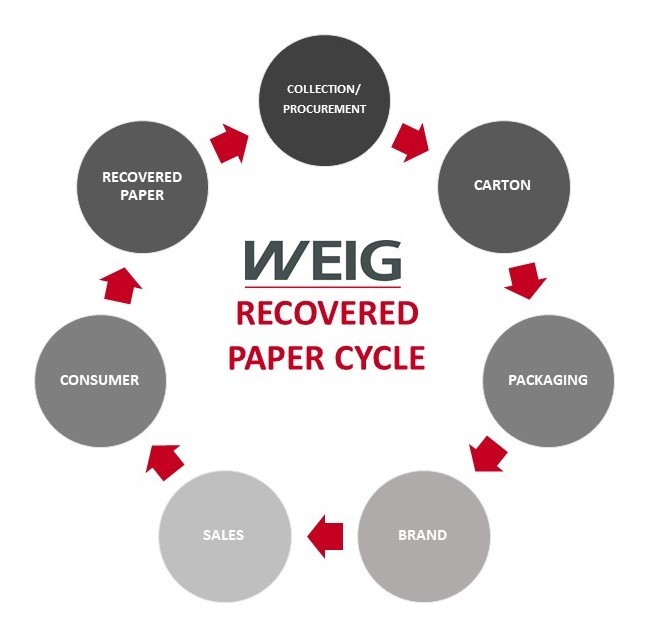
We procure our most important raw material through the WEIG-Recycling companies and do so in large quantities: WEIG-Recycling moves over 900,000 tons of recovered paper every year, of which 750,000 tons flow into our own cartonboard production. More than 20 different recovered paper qualities are used here. The types of paper that we cannot use we sell to other market participants who can use them.
Over the years we have built up a large recycling network and maintain long-term partnerships with regional and international partners to be able to compensate for any fluctuations on the market. Because recovered paper is not produced, it accumulates, sometimes more and sometimes less. We work with companies from the food retail and wholesale sectors, among others, but also with industry and commerce. Last but not least, we obtain large quantities of recovered paper from municipal household collections. For this, our own fleet of vehicles is on the road within a radius of 75 km around our location in Mayen, Germany.
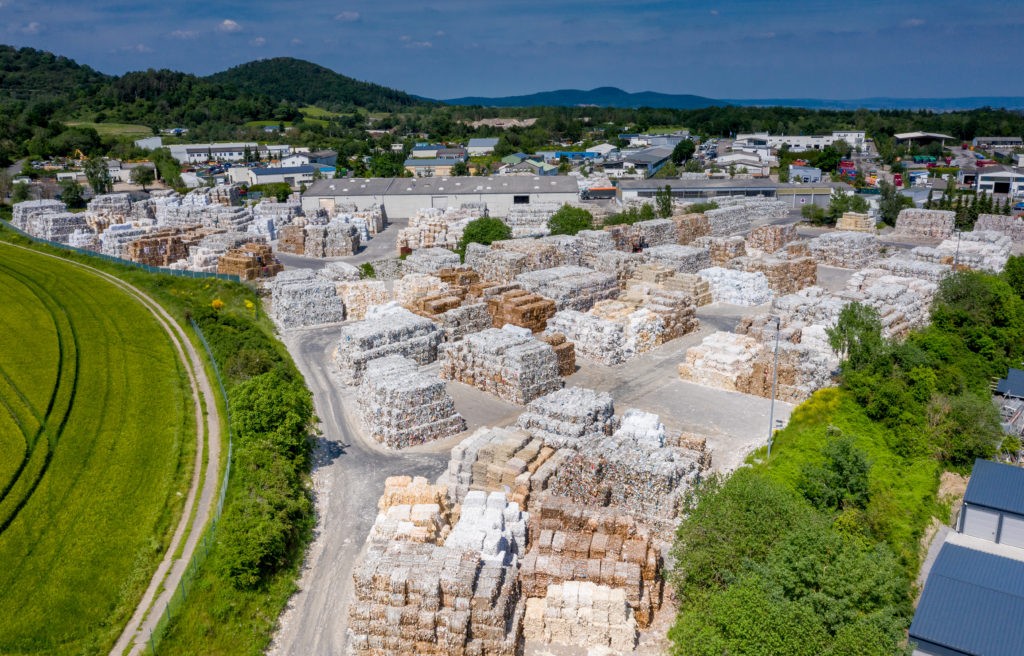
In order to make the recovered paper usable again in the recycling cycle, it is processed in several consecutive steps. The process begins by dissolving the recovered paper in a large vat called a pulper. The fibres are separated by a rotor through mechanical energy and the addition of water. The paper fibres are then in an aqueous phase that goes through several cleaning stages to sort out foreign matter.
Recovered paper often also contains printing inks. Due to their chemical-physical properties, they stick to air bubbles that are introduced into the fibrous suspension specifically for ink removal (deinking). The light air bubbles float to the suspension surface and float the ink particles out of the pulp.
Further process steps are necessary to homogenize the pulp and influence the dewatering behaviour so that a consistent pulp quality is ensured despite the fluctuating composition of recovered paper.
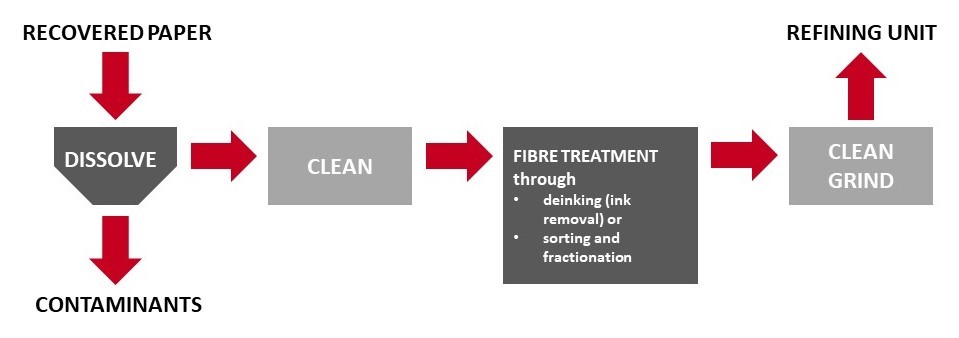
(based on Die Papierindustrie e.V.)
The resulting fibre mixture is the raw material for cartonboard production. At our site in Mayen, we produce 670,000 tons of cartonboard every year, almost half of it for the manufacture of folding boxes. The production process on our cartonboard machines includes a number of steps.
In what is known as the “wet end”, the diluted suspension of water and fibres is applied to a wire, where the fibres intertwine. In the press section, the board is mechanically dewatered, and the fibres are further bonded by pressure. This is followed by the longest section of the machine: the dryer section. Here the residual moisture is evaporated from the cartonboard through high temperatures. In the next step, the cartonboard is flattened using a special cylinder, the so-called “Yankee cylinder”, in order to obtain the desired cartonboard quality. This prepares the product for subsequent coating in the coating section, where the necessary surface finish is achieved for later printing.

(based on Die Papierindustrie e.V.)
We carry out all standard measurements inline, but also during production in our production laboratory. In addition, we do regular tests on ingredients and migration behaviour in our own analytical laboratory. This is how we guarantee the consistently high quality of our cartonboard.
Cartonboard manufacturing is an energy-intensive process that requires both electricity and steam. We produce both in our own power plant. The main primary energy source is natural gas. The energy is generated according to the cogeneration principle, that means steam and electricity are generated simultaneously in a coupled process. The efficiency of our power plant is over 85 % and thus far higher than that of conventional power plants.
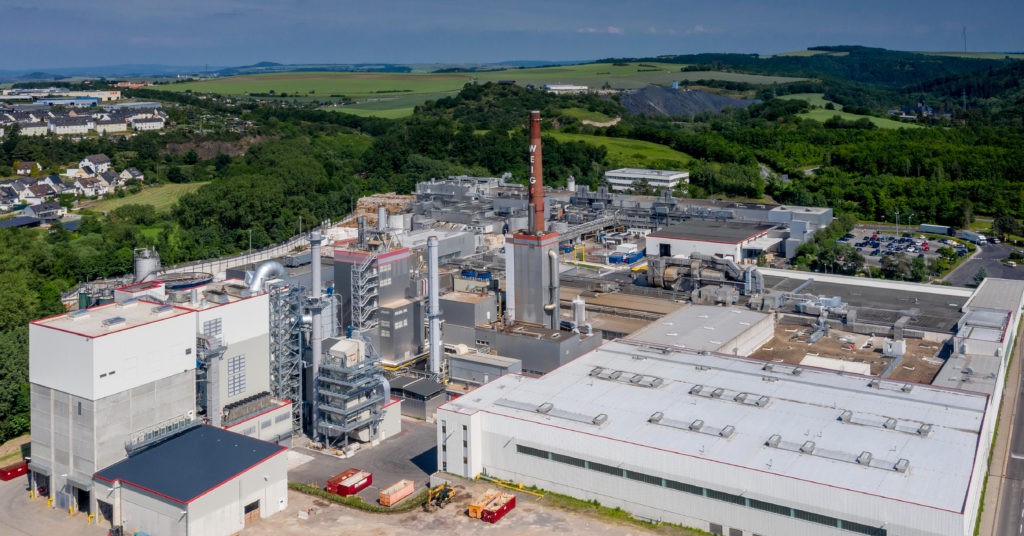
Following the manufacturing process, the cartonboard is wound up on a large reel and is then cut into sheets in a highly automated process and prepared for storage and transport on our packaging line. Stacking on pallets, wrapping with shrink film and labelling are also fully automated. The cartonboard is then handed over to our logistics centre and from there it is delivered to our customers reliably and on time. For this, we rely on our own logistics company ALPA Spedition, among others. ALPA offers logistic services along the entire paper value chain and guarantees a high level of supply security for us and our customers.
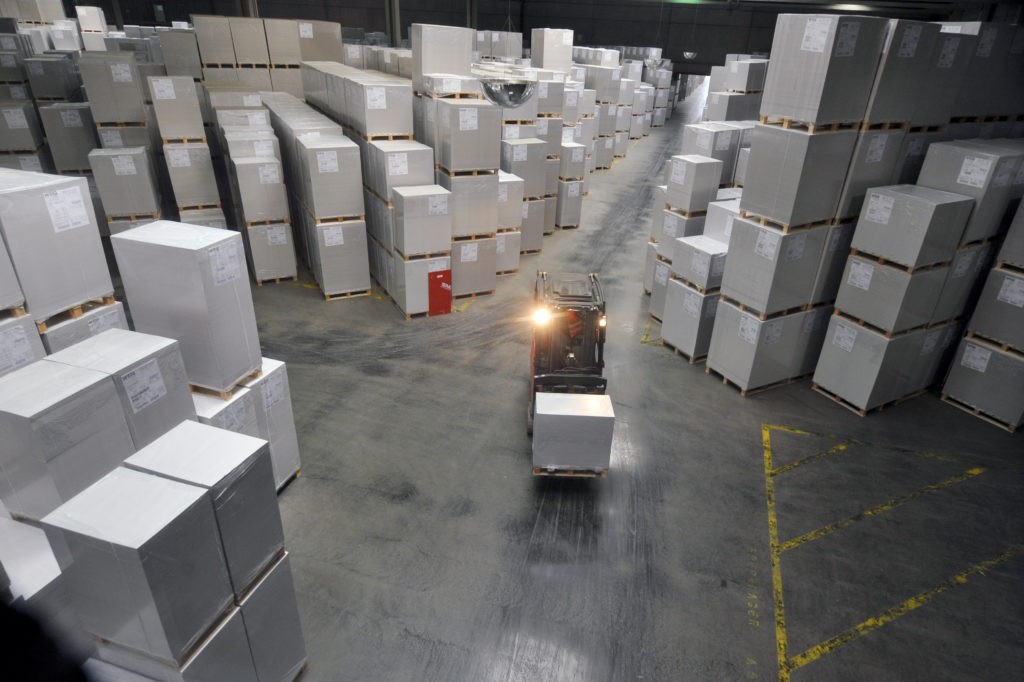
By the way: Our customers can call up information about the status of orders, inventories and deliveries in real time via our WEIG Online Services Portal.
WEIG-Karton’s customers also include WEIG-Packaging, our folding box factory in Emskirchen, Germany. Here, we offer all services related to the topic of folding boxes – both for large international brands as well as regional manufacturers from the food and non-food sector. Every year, we produce around 145 million printed sheets for folding box packaging and primarily process recycled cartonboard, but also virgin fibre cartonboard.
We approach the challenges of our customers in a flexible and solution-oriented manner. That’s why our packaging development works closely with our customers and defines the individual requirements: Which product should be packaged? What protective function should the packaging fulfil? How should it visually emphasize the product? Should existing plastic packaging be replaced with a more sustainable alternative made from (recycled) cartonboard? Will the product later be packed by hand or via packing machines? Are there any specific requirements of the packaging machine? If necessary, we also coordinate with the respective machine manufacturers in order to achieve the best possible results.
Our goal is to create packaging that is convincing both in terms of logistics and at the point of sale. We have received several awards for this, for example the European Carton Excellence Award.
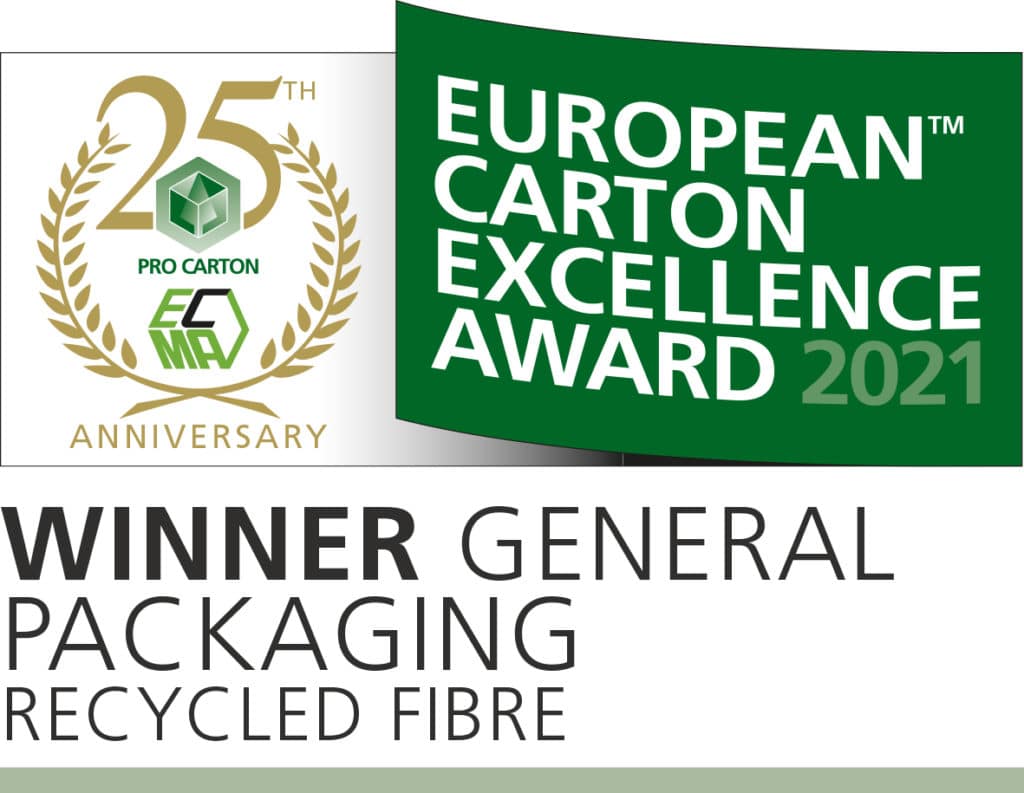
In our factory, we rely on digitization and automation in all process steps: from printing and punching to folding, finishing and gluing. Our various printing machines correspond to the latest standards and enable attractive colour and coating effects. We also have special machines for inline relief and flat embossing, hot foil embossing in different colours and several machines for window gluing. Thanks to various specialized systems, we can glue complicated packaging, but we also supply flat blanks for high-speed packaging machines. Our in-house quality assurance guarantees high-quality results at all stages of our production and development processes and at all times.
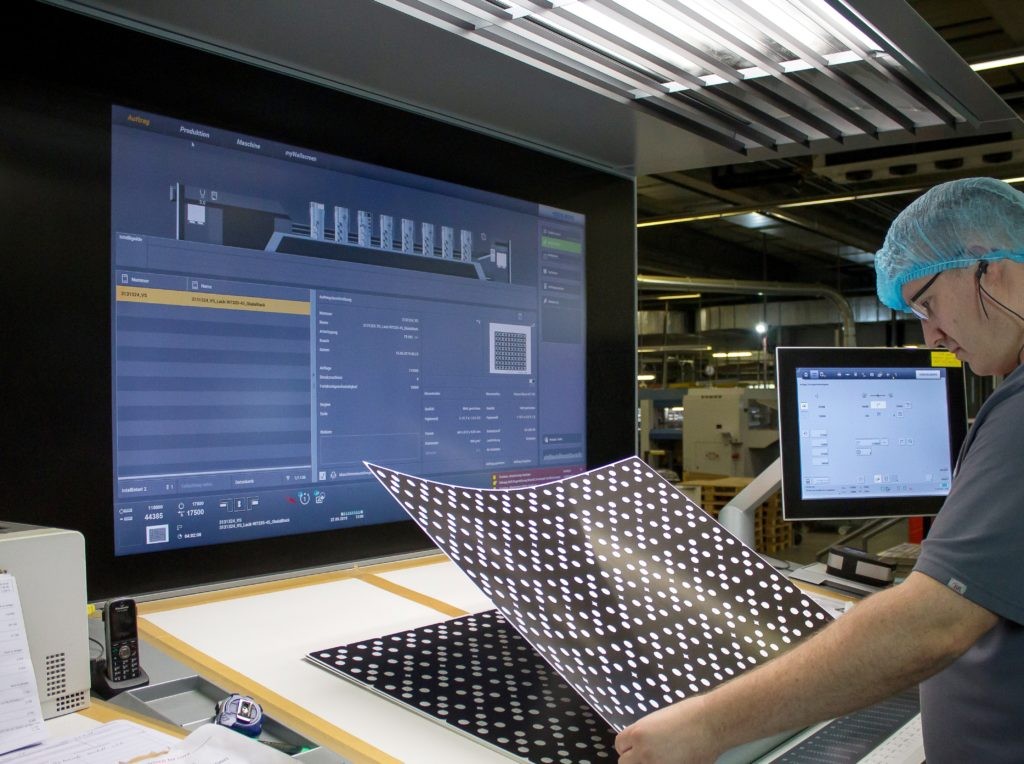
At WEIG, we view the paper cycle holistically and therefore offer our customers individually tailored services at all levels – whether in the area of disposal, in cartonboard production or packaging development. For us, the attractive packaging that the customer sees at the point of sale is just one step along the way and not its end. Because this packaging will also end up in recycling and so the cycle begins again.
Select an appointment in the calendar and chat with one of our experts directly via video.